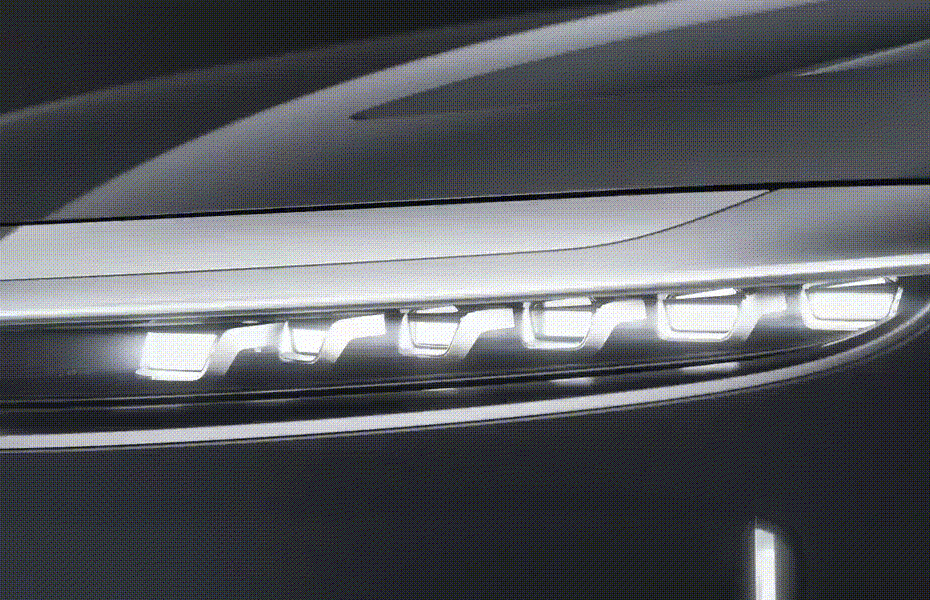Sure, duh: Vehicle lighting serves the important and vital safety function of letting drivers see where they're going, and everyone around them to see when they're coming. But for decades, auto designers have seen headlights and taillights as an opportunity for creativity, to build a distinctive brand that says, “Here comes That carThink of Lamborghini's Y-shaped headlights, or the almost menacing twin cylinders of the Dodge Challenger, or the halo rings on BMWs.
But a new era of automotive lighting design, ushered in by new technologies, powertrains and even business models, has transformed the front-end profile of vehicles. “It’s been an incredible, critical acceleration in the last few years,” says César Muntada, head of lighting design at Audi.
The result is lights that are brighter, thinner and in more complex configurations than ever before. Lights that dance when a car is approached by its owner. Lights that flash when the car is charging. Lights that can be customized to personal taste or even mood. Lights that even, if regulators allow it, do not blind other drivers. In the future, cars could even use lights to communicate with others on the road.
Nowadays, car manufacturers are increasingly focusing on unique headlight features. They claim that the front of a car is not only the most important part of selling the vehicle to customers, but also the idea behind the vehicle: what it means.
“We call it a face,” says Tim Kozub, who leads Cadillac’s design team. “It harks back to us as people. The front of the vehicle is the personality.” Cadillac’s internal market research shows that people respond first to the front of a vehicle, then the back, then the side, he says. So auto designers spend even more time — and money — getting the face just right.
Light it up
In a sense, the story of vehicle headlight beautification is the story of advances in lighting technology. In the mid-20th century, headlights were small halogen bulbs in a large eye. In the early 1990s, some automakers began using xenon or high-intensity discharge (HID) headlights, which were more powerful, efficient, and longer-lasting than halogen. At the turn of the century, automakers experimented with using different shapes and textures in headlights.
Finally, meet the LED. Starting with a 2007 Lexus, automakers began using the smaller, more powerful, and even longer-lasting bulbs in headlights. Headlights no longer had to be incandescent bulbs in a bulky housing, says Raphael Zammit, chair of the Transportation Design program in the College of Creative Studies.
The creativity came from that. “We moved away from the physicality of lights and into a very thin, minimalist perspective,” says Zammit. “You're looking at lines, gestures of lines. LEDs took it to the next level.”
Only in the past few years have automakers like Mercedes-Benz, Audi and Hyundai introduced digital headlights, which use LEDs and vehicles’ increasingly sophisticated on-board computers to provide even more targeted illumination. Audi’s Matrix-design headlights, for example, can “greet” drivers with model-specific headlight animations, a kind of personalized hello made possible by advances in lighting.

